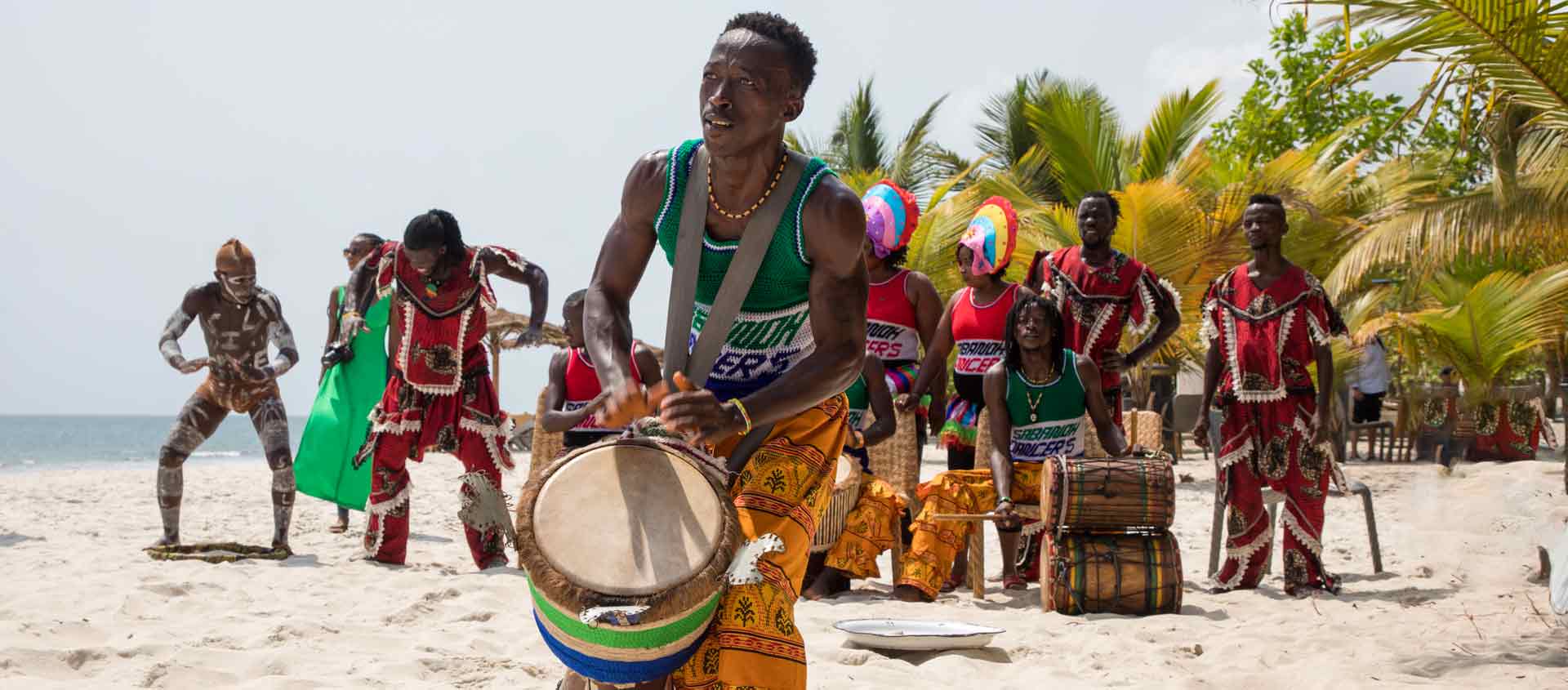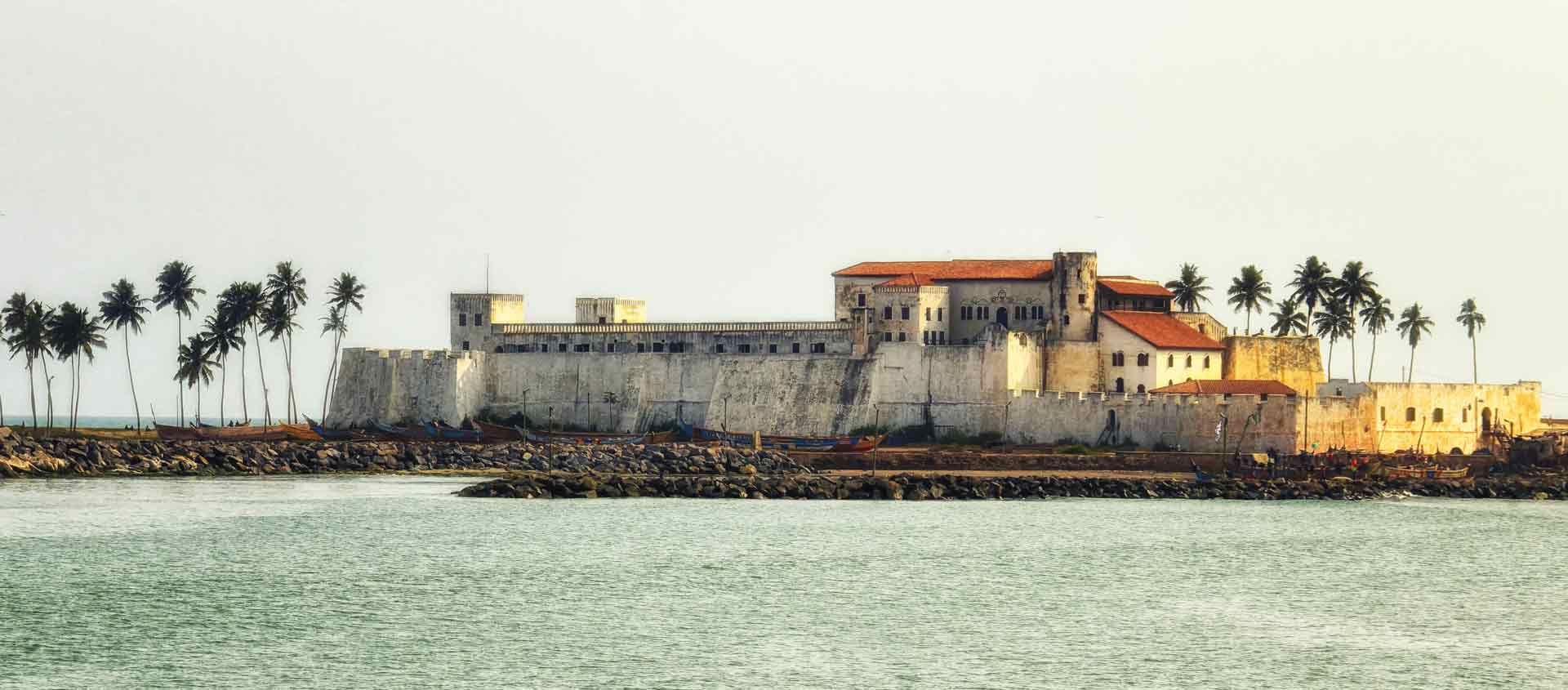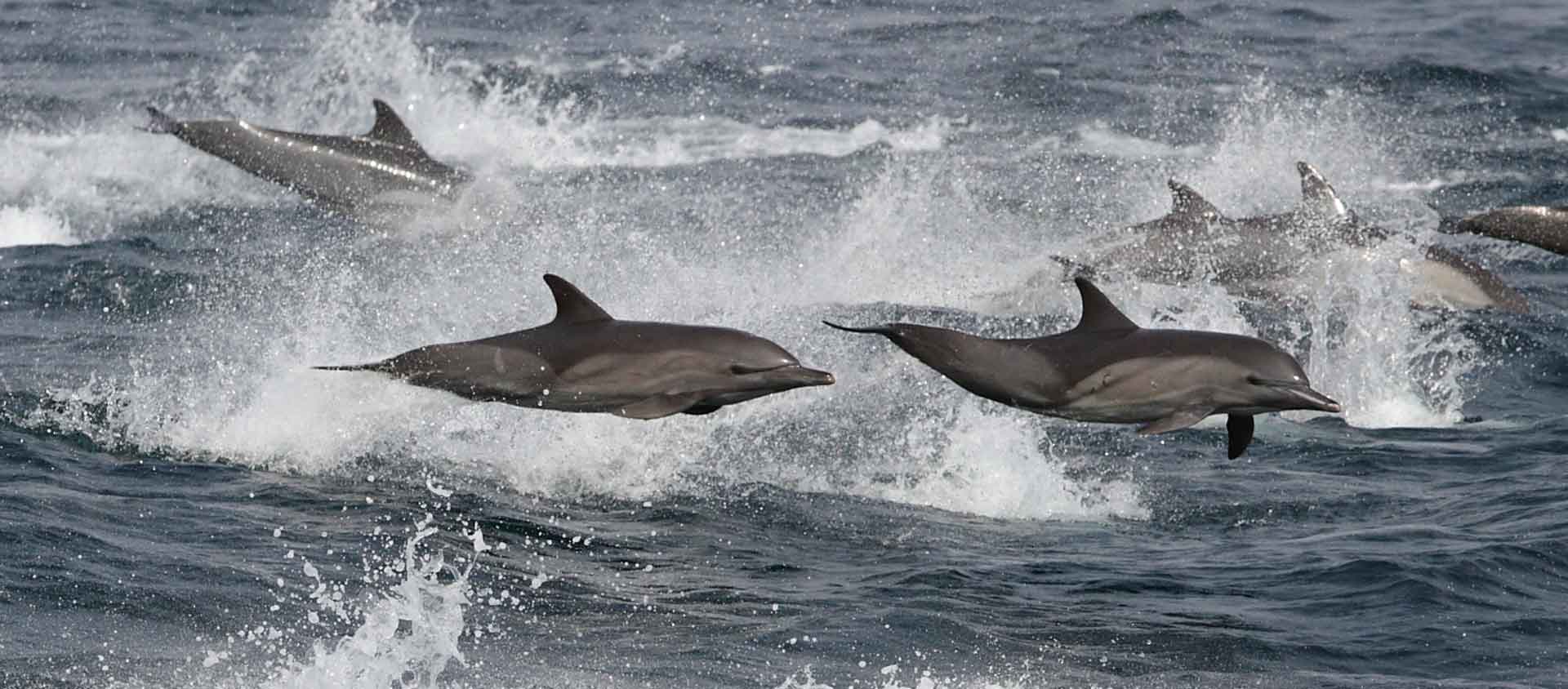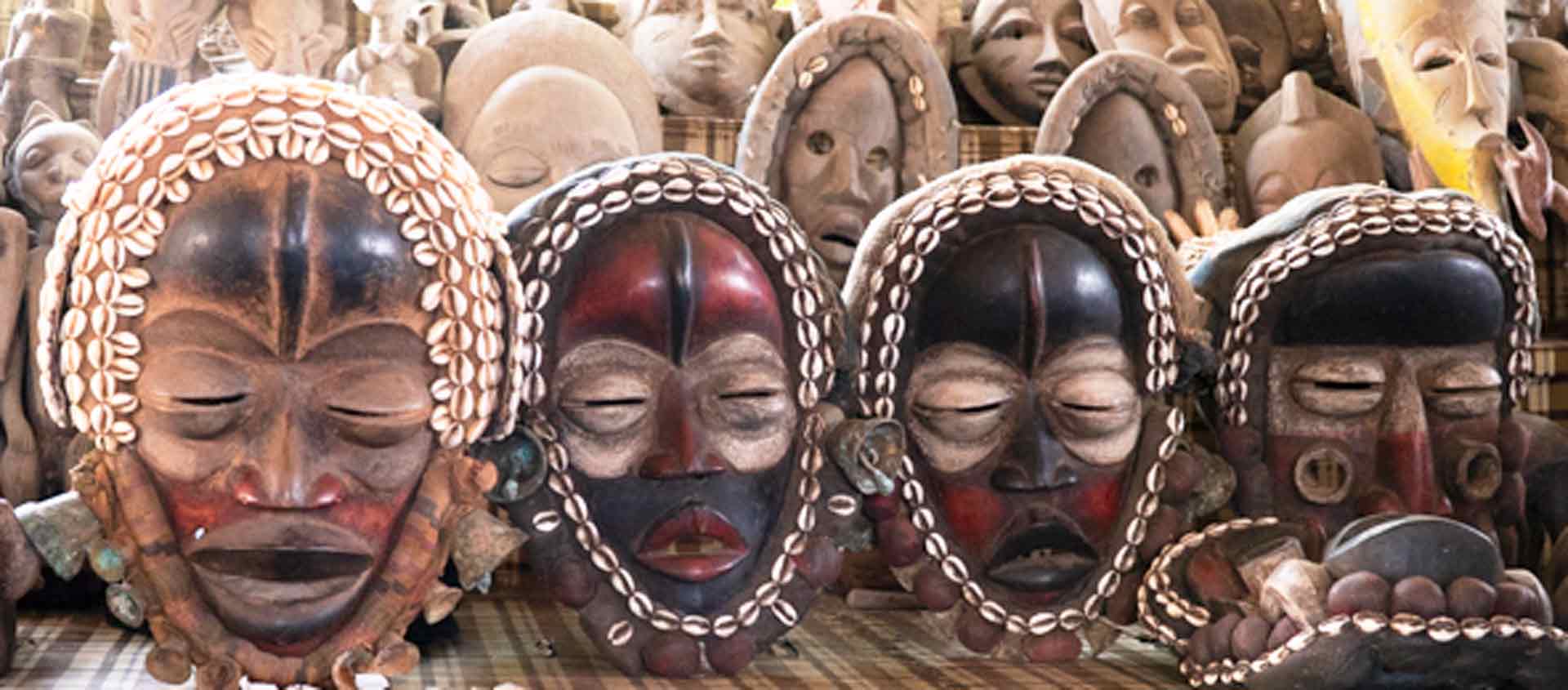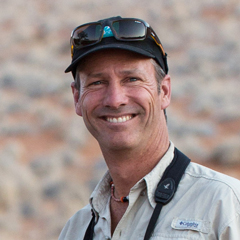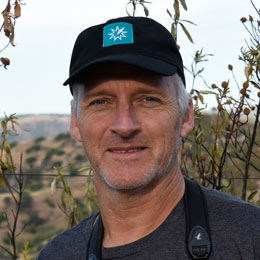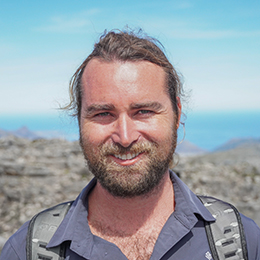West Africa
onboard Silver Wind
April 21 – May 13, 2025
West Africa Cruise
Africa has few rivals when it comes to cultural diversity. That Accra and Agadir, Abidjan and Essaouira all call this continent home is a marvel. Join Apex on this rare and wondrous West Africa cruise, coming to shore in some of the most remote and culturally “intact” corners of this expansive coast. See Lowe’s Monkeys in Ghana’s Kakum National Park, La Gomera’s ancient Laurel Forest in the Canary Islands, and Guinea-Bissau’s magnificent Bijagos archipelago, considered a time capsule for its vibrant traditional society, untouched by the centuries of colonialization that marked most of Africa. With multiple excursions at each location, this trip offers true immersion into the rich natural and cultural tapestry that is West Africa.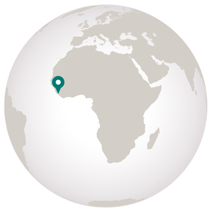
Destinations
- Travel by Air
- Travel by Road
- Travel by Boat
- Travel by Bullet Train
- Travel by Rail
- Travel by Dog Sled
- Day 1
- Day 2
- Day 3
- Day 4
- Days 5 & 6
- Day 7
- Day 8
- Days 9 – 11
- Day 12
- Day 13
- Day 14
- Days 15 & 16
- Day 17
- Day 18
- Day 19
- Day 20
- Day 21
- Day 22
- Day 23
-
Monday, April 21: Arrive Accra, Ghana
Arrive in Accra, the rapidly-modernizing, beating heart of Ghana, and transfer to your hotel. This evening, gather with your fellow travelers and expedition leaders for a welcome dinner and briefing. Dinner and overnight at Labadi Beach Hotel.
-
Tuesday, April 22: Accra / Embark Silver Wind
Accra has held onto its unique identity, despite recent development. After breakfast, head out on a city tour to see the posh administrative area, punctuated with elegant 19th-century villas—a surviving relic of Ghana’s colonial past. Next, head to the beach, and the lively, historic Jamestown neighborhood, whose storied past is visible in its architecture—with colonial remnants side-by-side with vibrant clapboard houses and corrugated iron shacks. Then, visit a workshop where Accra’s famous “fantasy coffins” are made and shipped out worldwide for museum display. This afternoon, board the Silver Wind, your home away from home for the next 21 nights. Toast to the journey to come as you set out into the Gulf of Guinea.
-
Wednesday, April 23: Takoradi
A sleepy fishing village until it was chosen as Ghana’s first deep-water seaport, Takoradi now grows larger by the day. It’s the gateway to the UNESCO World Heritage sites of Elmina and Cape Coast Castle, which you may opt to visit. Two of roughly 40 “slave castles” along the Gold Coast, they were the final stop for many enslaved Africans on the “Middle Passage” to the Americas. For those preferring to see the wilder side of Ghana, join the excursion to Kakum National Park. This lowland rainforest is home to elusive mammals like Forest Elephants, Diana Monkeys, and Yellow-backed Duikers, and is also a mecca for birders, with an incredible 350 bird species recorded. Hike the park’s forest trails, including the famous 1,000-foot-long Canopy Walkway, keeping watch for the many Upper Guinea Forest avian endemics, from hornbills to bee-eaters to plantain-eaters. Enjoy a traditional dance performance and lunch before returning to the ship.
-
Thursday, April 24: Abidjan, Ivory Coast
Set among canals and waterways, Abidjan is ultra-modern, and is considered one of the foremost African cities in terms of culture and standard of living. Join a cultural expedition to nearby Grand-Bassam which has all the faded glory of a beachside French colonial capital. Afterwards, drive past Abobo, Africa’s largest outdoor laundry, where hundreds of Fanicos (washer men) can be seen working in the stream to launder their clients’ clothes. At Azito Village, be received by the king and visit with village women to see how they smoke fish. Enjoy a Zaouli Dance performance and lunch, and a visit to the costume museum and handicraft center, before returning to Abidjan. Alternatively, join a hike in Banco National Park, followed by an afternoon visit to nearby Bingerville Botanical Gardens.
-
Friday & Saturday, April 25 & 26: At Sea
Spend two days at sea as the ship rounds the Liberian coast and heads north. Attend lectures recapping the history, culture, and natural offerings of Ghana and Ivory Coast, and introducing you to upcoming Sierra Leone.
-
Sunday, April 27: Freetown, Sierra Leone
Freetown may still be a diamond in the rough, but it is a true traveler’s gem. Lush rainforest and palm-fringed beaches surround the city, whose optimism and energy far outweigh the scars it bears from its tumultuous past. The city is showing signs of renewal after spats of fierce fighting in the 1990s, and the bustling streets and gentle sing-song sounds of local dialect Krio are sure to please visitors. This morning, join a walking tour of Bunce Island to view the ruins and learn of Freetown’s past: its 18th-century settlement by British philanthropists as a “Province of Freedom,” and its subsequent standing as a base for the suppression of the slave trade. Afterwards, visit the Tacugama Chimpanzee Sanctuary to see some of the approximately 100 orphaned Chimps being rehabilitated here.
-
Monday, April 28: Tokeh
Only twenty miles down Sierra Leone’s western peninsula stands Tokeh, a coastal resort town surrounded by mountains, forests, and idyllic beaches. Conditions permitting, birders disembark early on a quest for sought-after endemic birds like Turati’s Boubou and Crimson Seedcracker in the areas around the city. While Tokeh has recently grown quite upscale as a resort destination, remnants of the original fishing village are plentiful. Visit the African smoked fish house and stone bakery, then stop at the village market to do some shopping or watch locals go about their daily bargaining. See the old Africana Hotel, which attracted thousands of French tourists before the civil war, then feast your eyes on Tokeh Beach, considered one of the most beautiful in West Africa.
-
Tuesday – Thursday, April 29 – May 1: Bijagos Archipelago, Guinea-Bissau
Off the coast of Guinea-Bissau lies a collection of 88 islands that stand as a sort of time capsule. Due to the Bijagos Archipelago’s remote location, their sparse population managed to remain cocooned from much of the colonial intrusion experienced on the mainland. The islanders’ ancient rituals and ceremonies have persisted unchanged over centuries. Additionally, most of Bijagos’ islands were long ago designated “sacred” and served as a protected zone for some of Africa’s most endangered wildlife. Its sprawling mangrove forests, coastal savannahs, and mud flats attract large numbers of migratory birds, West African Crocodiles, and the largest colony of Green Sea Turtles on Africa’s Atlantic coast. Explore these remote and unique islands for three days. Stroll through villages where pygmy cows wander freely and locals emerge from their traditional thatch-roofed houses to welcome visitors. Enjoy traditional dance performances on Canhabaque and Bubaque Islands. Visit Meio and Orango Islands for nature walks in the forests or along the beach, Zodiac cruises among the mangroves, kayaking, and swimming.
-
Friday, May 2: At Sea
Watch for seabirds and dolphins today as the ship heads northward toward the 10 islands that comprise the Republic of Cabo Verde, or Cape Verde. Lying almost 300 miles off the coast of mainland West Africa, the archipelagos’ remoteness has created a “mini-Galápagos”, with many endemic species.
-
Saturday, May 3: Praia, Santiago, Cabo Verde
Santiago is Cabo Verde’s largest island, and Praia its largest city, and the site of most of its significant historical events. Monuments to its rich history still stand in Praia’s old town—called Plateau—including the grand-balconied buildings built to facilitate slave auctions. Today, explore Plateau. Visit the Ethnographic Museum, with displays on life of the early settlers. Head to the labyrinthine Sucupira open air market, teeming with colorful handicrafts and local food samplings. Visit the Palace of the President for a lovely view of the harbor. Some may choose a shorter Plateau tour followed by a trip to the colonial town of Cidade Velha, the first European outpost in the tropics. Now a UNESCO World Heritage Site, the town features remains of two churches, a royal fortress, and the Pillory monument. Along the way, watch for endemic Cape Verde Warbler, Iago Sparrow, and, overhead, Cape Verde Swift.
-
Sunday, May 4: Porto Novo, Santo Antão
Explore Santo Antão, the northwesternmost of the Cabo Verde Islands. The island is divided by a large mountain ridge, leaving its largest city, Porto Novo, on the dry side, while the Paúl Valley remains green and lush year-round. Leaving Porto Novo by bus, enjoy the stunning mountain roads, stopping at the site of the island’s formation, the Cova Crater, used today as farmland. Alternatively, journey to the Paúl Valley to trek through the lush, tropical greenery. Or, immerse yourself in Cabo Verdean culture with a visit to a traditional Grogue distillery, the local liquor made from sugarcane, then savor a meal of freshly-caught fish prepared using traditional methods and cooked to perfection in banana tree leaves. After lunch, head back to the harbor in Porto Novo.
-
Monday & Tuesday, May 5 & 6: At Sea
Spend time at sea as the ship continues north. Attend lectures on the upcoming Canary Islands, Spain’s sparkling stronghold in Macaronesia.
-
Wednesday, May 7: Las Palmas, Gran Canaria, Canary Islands, Spain
Gran Canaria is the third largest of the Canary Islands, but it accounts for nearly half the population. It’s been called a “continent in miniature,” with a surprising diversity of terrain, from the verdant north to the arid south. Start your day in Las Palmas, the Canaries’ capital, and choose from two excursions: drive through the mountains to the colonial town of Teror, with whitewashed houses, red-tiled roofs, and intricately carved balconies. Tour one of the most famous churches in Gran Canaria, the Basílica Nuestra Señora del Pino. According to legend, a vision of the Virgin appeared in a nearby pine tree in 1481, and Teror became the biggest pilgrimage site in the Canaries. Next, visit the town of Arucas and the Jardín de la Marquesa, with an extensive collection of Canarian plants. Enjoy tapas in the garden before your drive back to the pier. Alternatively, choose a walking tour of Vegueta, the oldest quarter of Las Palmas and a UNESCO World Heritage Site. Then proceed to the Bandama region for wine tasting and tapas before returning to the ship.
-
Thursday, May 8: San Sebastián de La Gomera
Unlike the other Canary islands, much of La Gomera is densely wooded and cloud-shrouded, home to the Canarian Laurisilva, or ancient Laurel Rainforest. Start your day in the pastel-hued capital, San Sebastián. You may choose to tour the city, best known for hosting Christopher Columbus before his trans-Atlantic expedition to the “New World.” Visit the small history museum housed in La Casa de Colón, where Columbus stayed. See the church where he and his crew attended mass before they sailed, and the remaining tower from a 15th-century fortress built to protect the citizens from seafaring marauders. Or discover La Gomera’s north coast on a scenic drive toward Hermigua. Visit the botanical gardens to see some Canary botanical specials. Enjoy a coffee break before your return drive through the center of the island, with spectacular views of mountains and forest. Or head to Garajonay National Park to hike in the Laurisilva. A UNESCO World Heritage Site, Garajonay covers 15 square miles in the center of the island. Choose the level of hike that best suits you and look for the Canarian geranium that dots the mossy undergrowth. Enjoy local tapas before the return drive to the pier.
-
Friday, May 9: Arrecife, Lanzarote
The northern- and easternmost of the Canary Islands, Lanzarote is pocked by no fewer than 300 volcanic cones, connected by fields of blackened lava. Despite its intense geothermic activity, it’s believed to have been the first Canary Island to be settled. Arrecife, its capital, has a refreshingly authentic feel, having managed to remain true to its roots as a fishing village and not run on tourism. Still, its charming promenade, pleasant lagoon, apricot-hued beaches, and two well-preserved castles are sure to please visitors. Visit the city’s history museum housed in the stalwart 16th-century Castillo de San Gabriel. Tour the International Museum of Contemporary Art, displaying modern works within the lovely 18th-century San José Castle, including those of Arrecife’s most famous native son, prominent artist and architect César Manrique.
-
Saturday, May 10: Agadir, Morocco
Nicknamed the “Miami of Morocco,” Agadir was destroyed by an earthquake in 1960 and has been rebuilt with mandatory seismic standards. But it remains rife with history and buzzing with life. Today, you may choose to board a sailing vessel for a 5-hour cruise, getting a unique vantage point of Agadir from the ocean. Try your hand at fishing, and enjoy a fresh lunch of your fish and Moroccan salad prepared by your ship’s crew. Or stay in Agadir and explore the hulking Kasbah Oufella, originally built in 1572 to defend against the onslaught of Portuguese invaders. Next, head to the city’s Old Quarter and the Berber market of Souk Inezgane. Finally, visit the Women’s Cooperative of Tighanimine to learn how argan oil is made. Or you may opt to drive inland to Taroudant, known as the “grandmother of Marrakesh.” In the 15th and 16thcenturies, Taroudant was an important agricultural center, growing cotton, rice, and sugar cane. The two souks that sold this produce still exist. Spend time perusing their stalls before stopping at a local restaurant for refreshment. On the way back to Agadir, visit the argan oil-producing women’s cooperative.
-
Sunday, May 11: Safi
As you enter the harbor in Safi, look for the imposing 16th-century Ksar El Bahr fortress perched on the waterfront. Today, choose between two epic visits: Marrakesh and Essaouira. For Marrakesh, drive inland toward the snow-capped peaks of the Atlas Mountains. Arrive in the magical red city and see its two distinct sections: the historical medina, full of narrow, intertwining passageways and small shops, and the new European “Ville Nouvelle” with fast food chains and brand stores. Start your tour at the city’s most famous landmark, the ornate 12th-century Koutoubia Mosque. Next, visit the extravagant Bahia Palace, a beautiful example of 19th-century Morrocan architecture, with intricate plasterwork and painted wood. Enjoy lunch, then tour the Dar El Bacha Museum, housed in a palace that oozes 20th-century décor: elaborate pediments, cedarwood coffered ceilings, and zellige, or Andalusian Arab-style tilework. This afternoon, enjoy some free time to wander the Souk Semmarine and visit the main square of Jemaa el Fna, where musicians, street performers, and snake charmers vie to entertain you. Drive back to the Safi pier.
Or head to charming Essaouira, known as the “Wind City of Africa” for the “Alizé” that blows here year-round. Tour the city and see the amazing mix of Portuguese and Berber architecture; the 16th-century sea bastions that protect the city from crashing waves; the Sqala fortress, its line of bronze cannons guarding the city from seafaring pirates. Wander the labyrinthine streets of the 18th-century walled medina, most recently seen in Game of Thrones. Visit the Jewish quarter, called the Mellah (the Arabic word for ‘salt,’ as Moroccan Jews were historically linked to the salt business), with its lively souks. Enjoy lunch near the beach before returning to Safi.
-
Monday, May 12: At Sea
Bid farewell to Africa today, as you sail north past the Strait of Gibraltar, toward Portugal. Recap the voyage over a farewell dinner aboard the ship.
-
Tuesday, May 13: Arrive Lisbon, Portugal / Disembark Silver Wind
Early this morning, look out upon the stirring mosaic of green hills, pastel-colored houses and colorful tilework that is Lisbon, as the ship pulls into the harbor. Disembark the Silver Wind and transfer to the airport for your international flights home.
Details
- April 21 – May 13, 2025
- Leaders Jonathan Rossouw, Gerald Broddelez, Ingrid Nixon & Matt Boyle
- Rates starting from $15,590 per person Rate details

West Africa, 2025
onboard Silver WindSuite Categories Per Person Rates Vista Suite $15,590 Classic Veranda Suite $18,290 Deluxe Veranda Suite $21,190 Medallion Suite $29,390 Silver Suite $38,590 Royal Suite $41,290 Grand Suite $47,590 Owner's Suite $61,590 Solo – Vista $19,495 Solo – Classic Veranda $22,870 Solo – Deluxe Veranda $26,495 - 23 days Trip Length
- 274 guests onboard Silver Wind
- Accra Start
- Lisbon End
Call us to reserve your spot on this exciting expedition!

